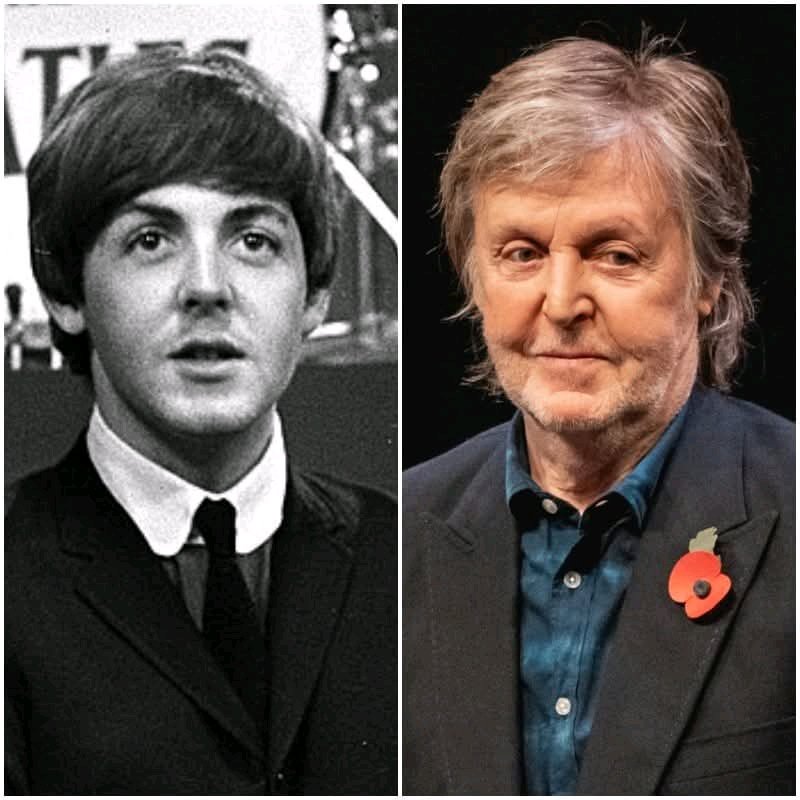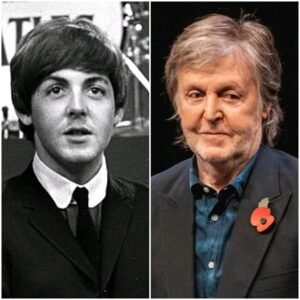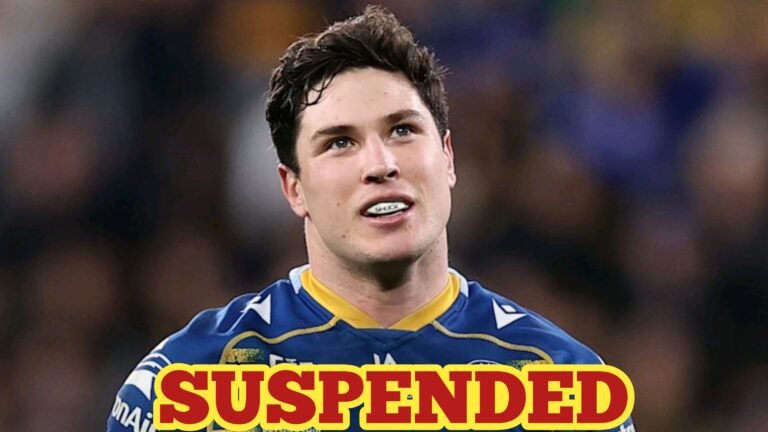
MUSIC BOMBSHELL: The Beatles’ Darkest Secret? If Paul McCartney Really Died in 1966… Then Who Wrote ‘Penny Lane’? Hidden Clues, Chilling Cover-Ups, and Startling New Evidence Leave Fans Asking: Have We Been Living a Lie for 50 Years?
For decades, whispers of one of rock music’s most enduring conspiracy theories have lingered in the shadows of pop culture: the claim that Paul McCartney, beloved bassist of The Beatles, died in a tragic car crash in 1966 and was quietly replaced by a convincing double. Now, with fresh claims, hidden “clues,” and new pieces of alleged evidence surfacing, the debate has been reignited—forcing fans to ask whether one of the greatest musical legacies of all time has been built on a shocking deception.
The theory, commonly known as “Paul Is Dead,” suggests that McCartney perished in a fatal accident at the height of Beatlemania. According to believers, the surviving band members—John Lennon, George Harrison, and Ringo Starr—conspired with management to cover up the tragedy, fearing that public knowledge of McCartney’s death could destroy the group and devastate millions of fans. A man named William Campbell, a supposed McCartney look-alike, is said to have stepped in to fill the role.
But the question remains: if McCartney truly died in 1966, then who was behind some of the band’s most iconic late-era hits, including the timeless “Penny Lane”? Released in early 1967 as a double A-side with “Strawberry Fields Forever,” the song is widely celebrated for its vivid lyrics, sophisticated arrangement, and playful sense of nostalgia. Skeptics argue that only the real McCartney could have penned such a masterful piece of songwriting.
Proponents of the theory point to cryptic “clues” allegedly hidden in the band’s music and artwork. On the cover of Abbey Road (1969), McCartney is barefoot and out of step with the others, interpreted by some as a symbolic reference to a corpse in a funeral procession. In “Glass Onion,” Lennon cryptically sings, “Here’s another clue for you all, the walrus was Paul,” which believers claim is a sly acknowledgment of the hoax. Even the backward messages allegedly embedded in songs like “Revolution 9” have fueled suspicions for years.
Now, recent “evidence” has re-emerged online, with audio engineers, handwriting analysts, and facial recognition experts claiming that subtle but undeniable differences exist between McCartney’s pre-1966 and post-1966 appearances. From shifts in vocal timbre to alleged changes in ear shape and facial structure, believers argue the discrepancies cannot be ignored.
However, experts in music history and Beatles scholarship continue to dismiss the claims as nothing more than urban legend. Musicologists note that McCartney has consistently performed, written, and innovated throughout the decades, creating solo albums, collaborating with other artists, and touring worldwide well into his 70s. They argue that no imposter could convincingly sustain such a career for over half a century without being exposed.
Still, the mystery persists. Whether a clever marketing ploy, a wild conspiracy, or simply the overactive imagination of devoted fans searching for meaning in the smallest details, the “Paul Is Dead” theory continues to fascinate and divide music lovers across generations.
The larger question lingers: are these merely coincidences, or have millions truly been living a carefully orchestrated lie for nearly 60 years?





